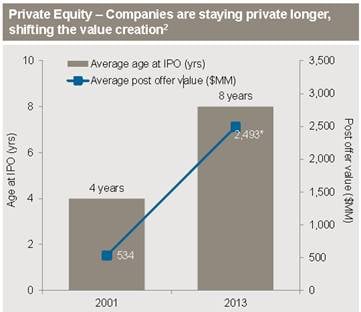By Kris Jonsson (pictured), Head of the Endowments & Foundations Group in JP Morgan Asset Management for Europe – The search for yield amongst all investor groups has been an ongoing trend for several years. According to our research[1] 6% returns are the new 8% for institutional investors. With the German government issuing five-year debt at a negative yield for the first time in history; and given more than a quarter of European government bonds now hold yields below zero[2] this story looks set to continue.
Whilst endowments and foundations do not hold the same liability profile as their institutional peers, traditional portfolio construction strategies that rely on equity and fixed income investments no longer enable these not-for-profits to meet their required distribution streams and administrative costs.
As a result, endowments and foundations – often seen as ‘first movers’ into new assets classes and opportunities as a result of their unique make up – are increasingly looking towards alternatives, and particularly private equity to generate higher yields.
The private equity opportunity set, particularly for the large/skilful operator, has expanded over the past few years. One reason for this is the average age of a company at the point of IPO has doubled over the past 35 years[3] shifting the value creation to a company’s private investors over subsequent public investors.
Source: 2014 National Venture Capital Association Yearbook 2014; Age at IPO is defined as time elapsed from first funding round until IPO date *Average Post Offer Value as of 2012
Our 2015 long term capital market return assumptions forecast an average return of 7.75% returns private equity. Considering the high dispersion around the average return, there is compelling case to be made for investors that can consistently invest in first and second quartile managers. Given the current environment this is an opportunity that endowments and foundations are recognising since their long term investment horizon allows them to have a higher allocation to illiquid investments.
Capitalising on these types of opportunities demands a recognition of alpha’s constantly evolving nature and disciplined due diligence that identifies those managers most skilled at capturing it. For example, a recent study found that private equity returns in a given vintage year have ranged from 50% for the top managers down to -30% for those at the bottom[4].
Whilst the majority of endowments and foundations are highly sophisticated investors, they are increasingly outsourcing their CIO capabilities to efficiently access these more complex assets that require consistent and patiently applied due diligence to capture these returns.
1 JP Morgan Asset Management 2015 Long Term Capital Market Return Assumptions
2 JP Morgan data
3 Jay Ritter, Initial Public Offerings: VC-backed IPO Statistics Through 2012, University of Florida, 2014
4 Sacha Ghai, Conor Kehoe and Gary Pinkus. Private equity: Changing perceptions and new realities. McKinsey & Company, 2014







